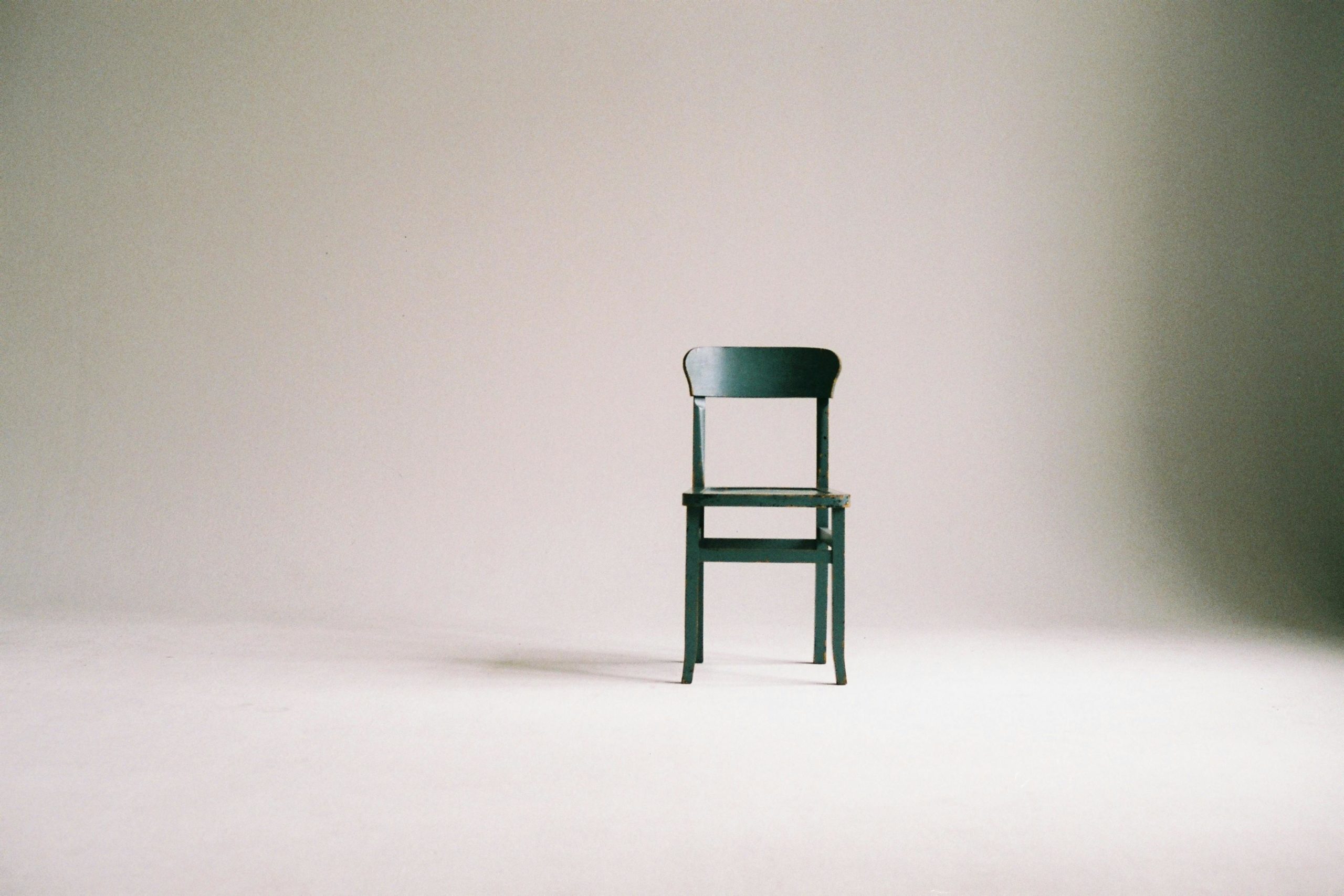
Minimalism and decluttering have gained considerable momentum in recent years. From simple tidying practices, they have become veritable philosophies of living. Going far beyond “spring cleaning”, the minimalist movement invites us to rethink our relationship with objects and consumption. For many, it’s about focusing on what’s essential and freeing ourselves from what’s superfluous. If you’d like to adopt a lighter, less cluttered and healthier lifestyle, this article is for you.
In this article, we explore :

Minimalism is a movement that advocates the voluntary reduction of material possessions. The idea is to get rid of everything that doesn’t provide real utility or lasting satisfaction. In other words, it’s all about keeping the essentials and eliminating the superfluous, in order to make room both physically and mentally.
Contemporary Minimalism has its roots in various philosophical and religious currents, such as Buddhism and Stoicism, which value simplicity. However, it was in the 1960s-1970s that it really emerged as a cultural movement, particularly in the arts. In the 2010s, minimalism took on a wider dimension thanks to the media and certain authors or influencers (notably Marie Kondo, Joshua Fields Millburn and Ryan Nicodemus).
A famous phrase by architect Mies van der Rohe sums up the essence of minimalism: “Less is more”. This approach suggests that reducing the number of objects and elements in one’s living space creates a more serene and functional atmosphere.
Minimalism isn’t just about sorting out your attic or garage. It’s a veritable art of living that extends to different areas:

Adopting minimalism offers a series of benefits that go far beyond simply saving space in the home.
A cluttered environment can be stressful, as each excess item draws your attention. By reducing the number of items around you, you also lighten your mental load. An uncluttered interior encourages concentration, relaxation and creativity.
Fewer possessions means less time spent on tidying, cleaning and maintenance. On a day-to-day basis, the time saved is considerable: you can find what you’re looking for more easily, and avoid wasting hours sorting through useless belongings.
Minimalism encourages you to buy less, but better. In the long run, you save on frivolous purchases and invest in quality, longer-lasting objects. Your finances gain in stability, and you can devote your money to more rewarding experiences or projects.
By reducing your consumption and sorting, you also reduce your ecological footprint. You buy fewer objects that are manufactured and transported, and you throw away less of them. Minimalism encourages reuse, recycling and upcycling, contributing to a more planet-friendly lifestyle.
An uncluttered workspace, free from distractions, stimulates concentration. You can immerse yourself in your tasks without being constantly interrupted by distracting visual elements. The result: greater productivity and higher quality in what you do.
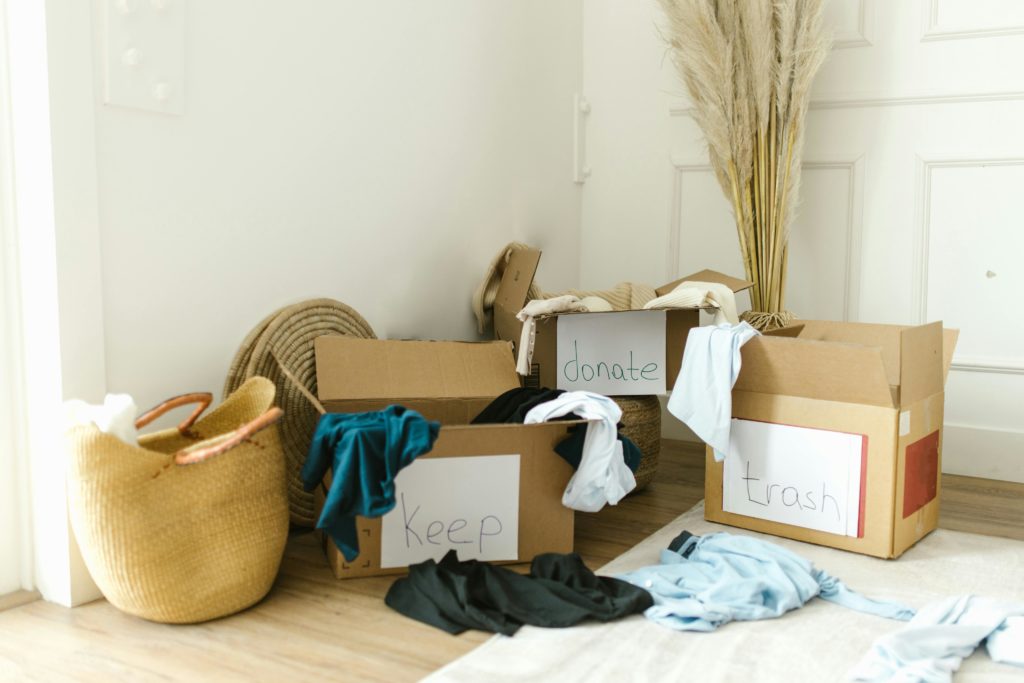
Decluttering is the first concrete step in adopting a minimalist lifestyle. Here are a few methods and tips to get you started.
First and foremost, it helps to know exactly what you own. Draw up an inventory of your possessions, room by room, to get an overview. This will help you realize just how much you’ve accumulated over the years.
The classic way to sort is to divide your items into three piles:
Some people add a fourth “To be decided later” pile for items they’re not sure about yet, so they don’t get stuck.
Popularized by Marie Kondo, the KonMari method involves sorting by category (clothes, books, papers, etc.) rather than by room. For each object, we ask ourselves if it “brings us joy”. If the answer is no, we thank it and part with it. This introspective approach helps us reconnect with the emotional value of our possessions.
Decluttering doesn’t have to mean throwing things away. On the contrary, it’s an opportunity to donate, sell or recycle. In this way, you contribute to a more rational use of resources.
Here are a few tips:
Once you’ve sorted, it’s time to rethink your storage. Use boxes, modular shelves, drawer dividers and so on. The aim is to make each item easy to access and assign it a precise place.
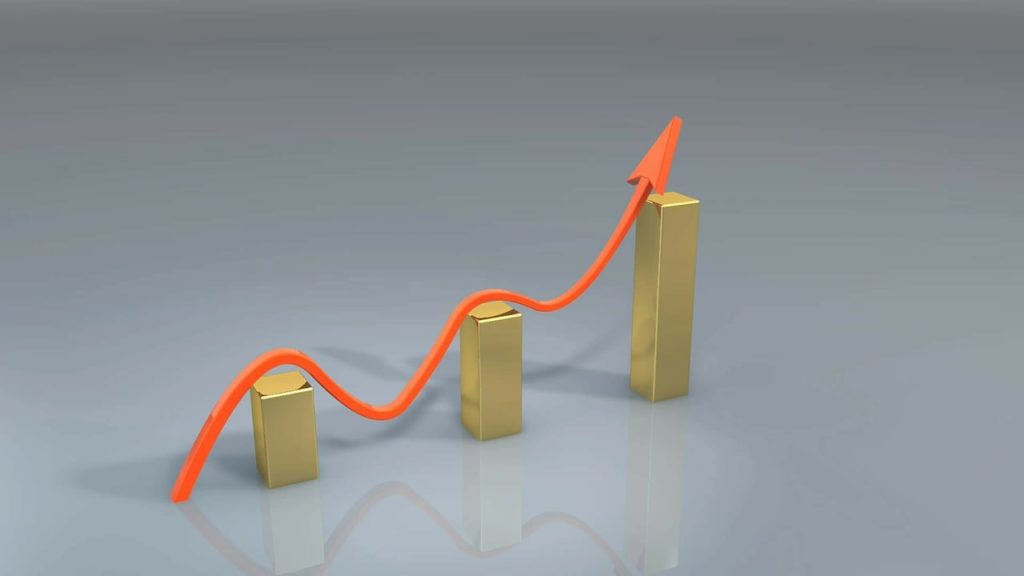
Once the decluttering phase has begun, you can extend this approach to other aspects of your daily life.
Clothes are often one of the main sources of clutter. Adopt the capsule wardrobe technique: put together a minimalist wardrobe of a few versatile, quality pieces. You’ll save time in the morning and reduce the amount of laundry you need to wash, iron or put away.
To avoid slipping back into clutter, set yourself some simple rules:
Thanks to digital tools, it’s now possible to store documents, photos and videos online or on external hard drives. Digitizing your administrative papers frees up space in your cupboards. However, be sure to back up your files on several media to avoid any loss.
Investing in quality moments (trips, courses, cultural outings) rather than material goods is one of the cornerstones of minimalism. Memories don’t clutter up your home, and provide more lasting personal enrichment.
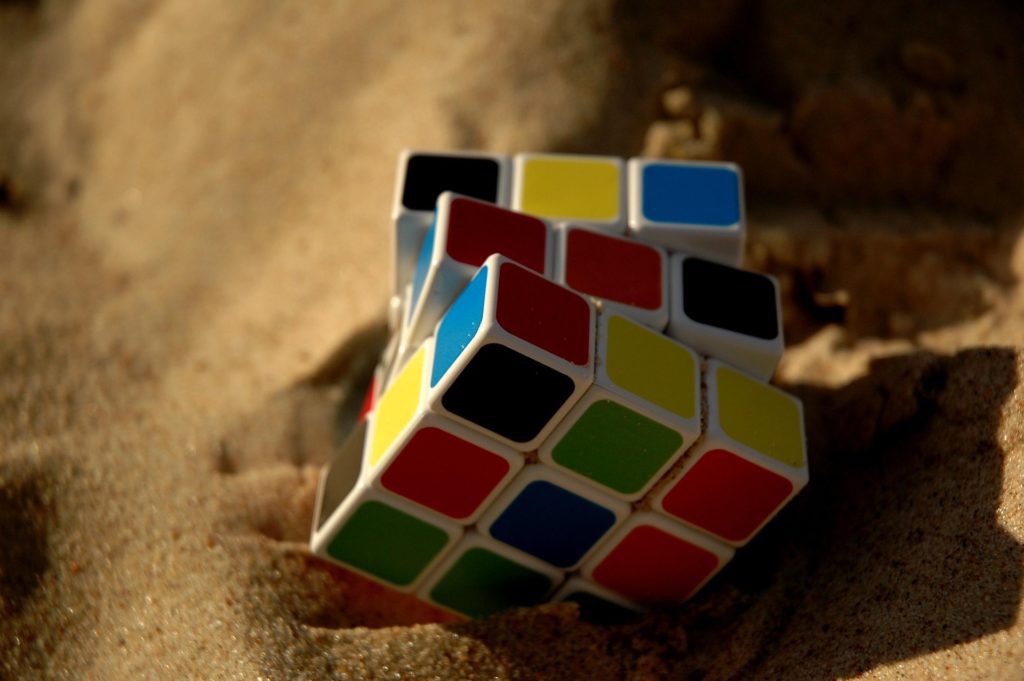
Moving from a hoarding lifestyle to a minimalist lifestyle is not without obstacles.
Some objects have strong sentimental value. It can be difficult to part with them. Try the following method:
Many people hesitate to get rid of an item for fear of needing it in the future. One strategy is to temporarily store anything you’re not sure about in a box. Seal the box and write down the date. If you haven’t reopened the box after six months or a year, it’s very likely that its contents are no longer essential to you.
Our society often values possession and novelty. Going against the grain can be misunderstood by those around you. Explaining your motivations and demonstrating your new-found well-being can reassure and even inspire them.
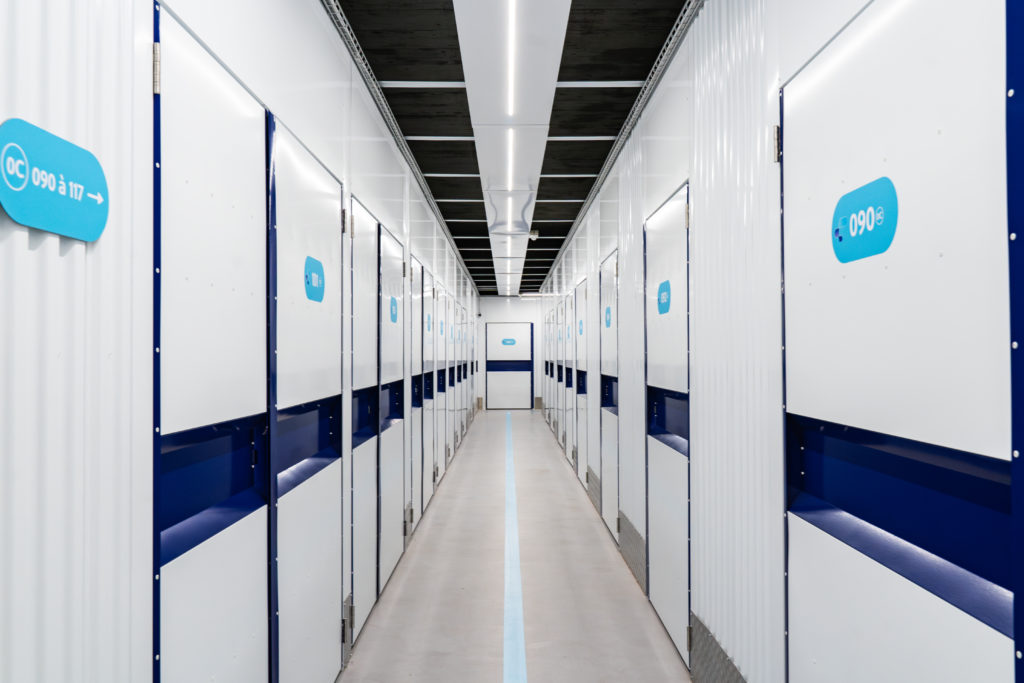
Self-storage may seem paradoxical in a context of decluttering. Yet it’s an excellent compromise for those who want to adopt a more minimalist lifestyle without giving up everything.
Self-storage can be used as a temporary space for things you don’t yet know if you should part with. You can put them safely away, experience life without them and decide what to do with them later.
Skis, Christmas decorations, camping equipment… Some items are only used at certain times of the year. Storing them outside your home allows you to keep your interior uncluttered, while still having your belongings available when you need them.
Whether you live in an apartment or a house, space is often at a premium. With self-storage, you can optimize your home for your comfort, while keeping the things you want to keep close at hand.
Before moving house, the use of a storage unit is particularly useful. You can prepare your boxes gradually, without being overwhelmed by items everywhere. Similarly, if you’re planning to renovate or refurbish your home, self-storage makes the transition easier and protects your belongings during the work.
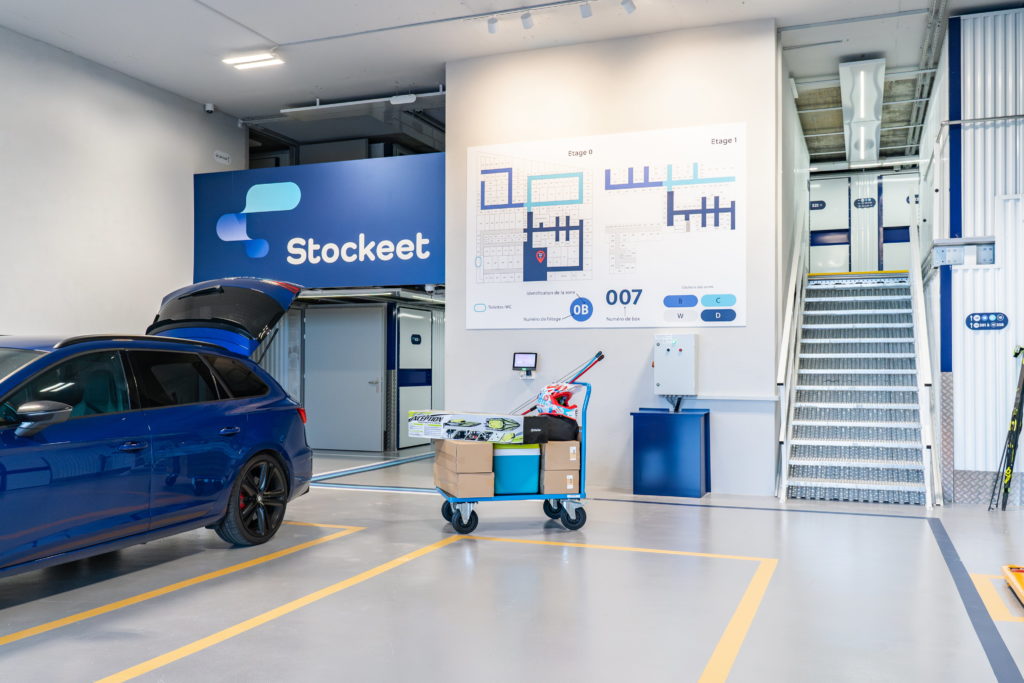
Stockeet is a self-storage company based in Aclens (15 minutes from Lausanne in the canton of Vaud) that can help you with your decluttering and minimalist lifestyle projects. Do you want to make space in your home without throwing everything away? Stockeet offers storage solutions tailored to your needs and budget.
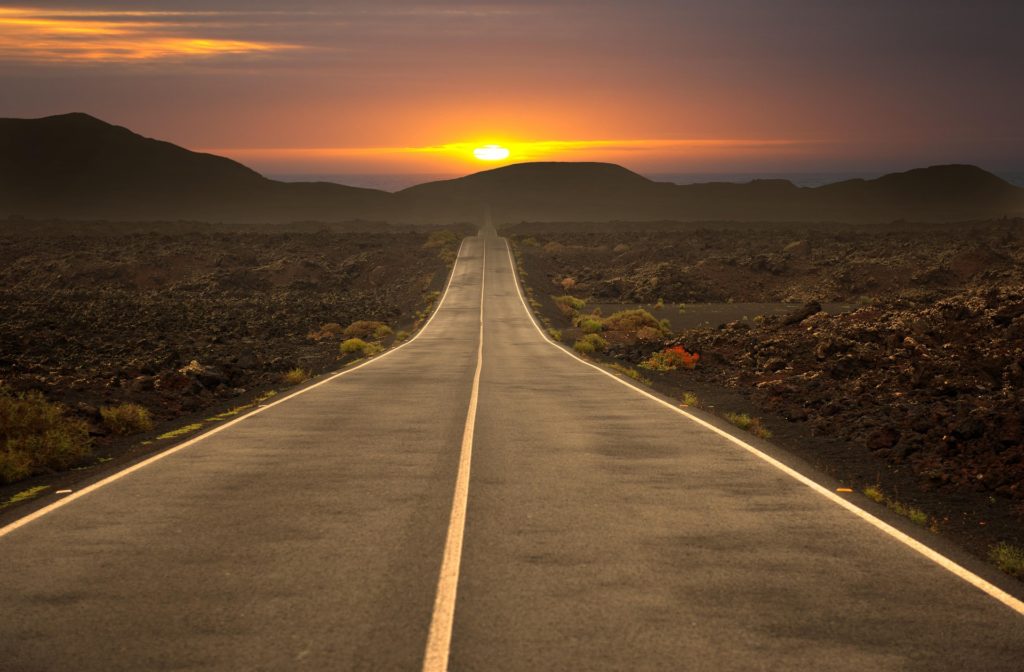
Minimalism and decluttering are much more than just a trend: they respond to a deep-seated need to regain space, time and serenity in a world that is often too hectic. As you embark on this process, you will gradually :
But parting with all your possessions isn’t always the answer. Some items may be indispensable at certain times of the year, or have sentimental value that you’re not prepared to give up. Stockeet’s self-storage service is an excellent alternative. You can move forward with your minimalist approach, while retaining the possibility of retrieving your belongings if necessary.
Ready to take the step towards a more minimalist lifestyle? Get in touch with Stockeet for :
Call Stockeet now to speak with an advisor and schedule a visit. Take advantage of this opportunity to see for yourself the quality of our storage spaces and the support we offer.
Contact details :
When you choose Stockeet, you’re choosing a local, experienced and committed service provider. Give your home the space and harmony it deserves, while retaining the freedom to retrieve your belongings at any time.

